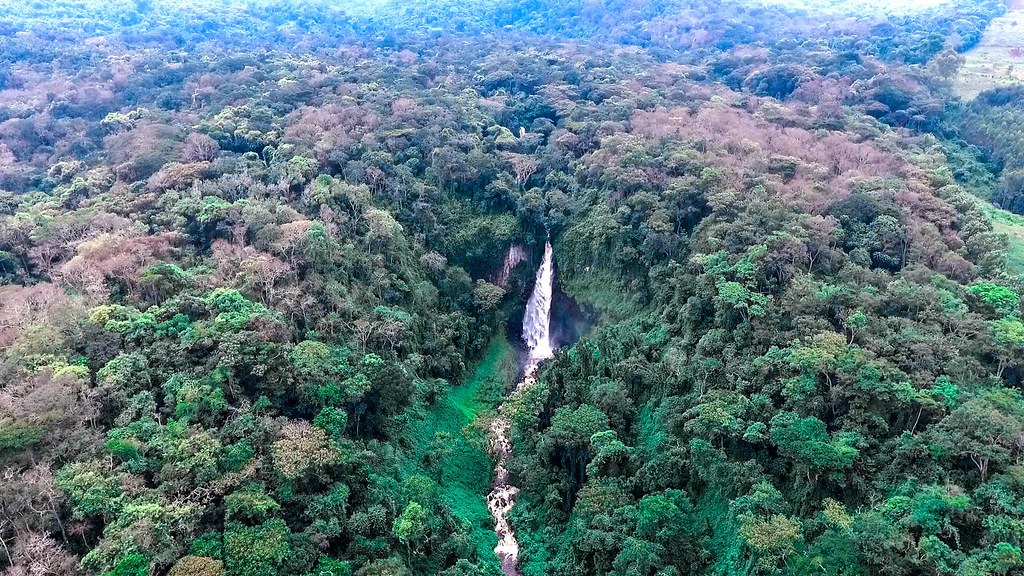Russia: Endless Wilderness Meets Bureaucratic Shadows
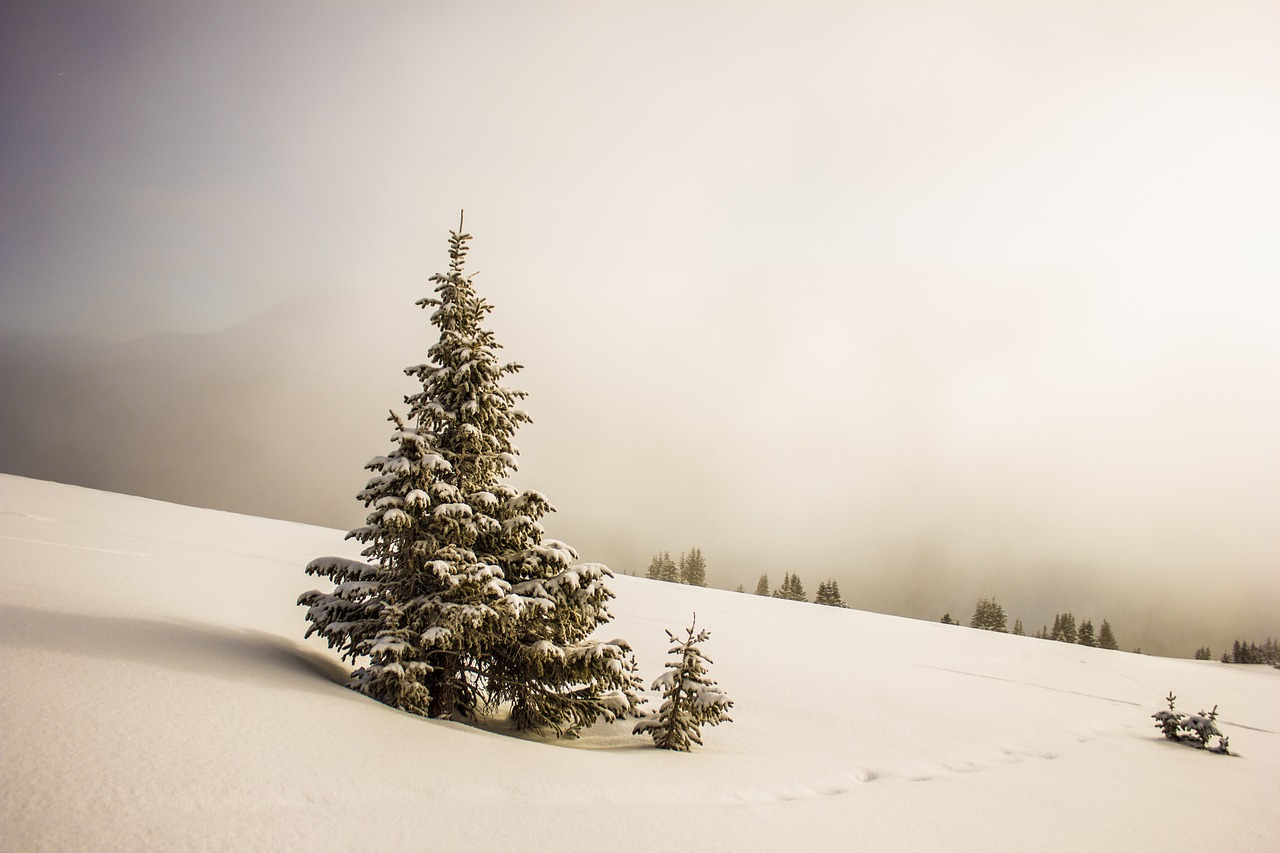
Russia’s sheer size is almost unfathomable—over 17 million square kilometers, stretching from the bustling streets of Moscow to the icy emptiness of the Far East. Outside its cities, the country opens up into vast forests, tundra, and endless Siberian wilderness, where population density can drop below three people per square kilometer as shown by the 2024 Global Population Density Report. These massive, uninhabited stretches are more than just empty; they’re almost completely unmonitored, especially during the brutal winters when even locals avoid traveling. The country’s paperwork-heavy bureaucracy and poor data sharing between agencies make tracking someone through official channels a slow, frustrating process. In rural Russia, digital surveillance is limited, and many areas have patchy or no internet coverage. Even with advances in technology, the sheer scale and ruggedness of the land can swallow people whole, making organized searches daunting. Anyone determined to disappear here will find Russia’s geography and administrative systems strange allies.
Brazil: The Green Labyrinth of the Amazon and Urban Haze
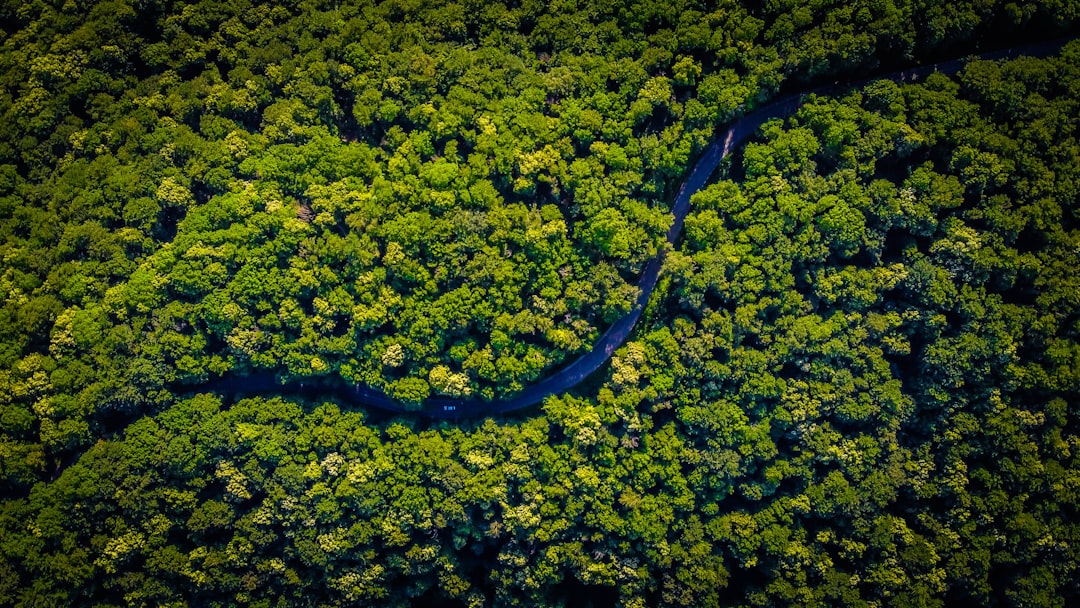
Brazil’s Amazon is a living, breathing maze, covering more than 5.5 million square kilometers and home to a wild tangle of rivers and dense jungle. This is one of the last places on earth where you can walk for days without seeing another soul. The Brazilian Institute of Geography and Statistics (IBGE) highlighted in 2023 how large swathes of the country remain under-policed, making it easy to slip through unnoticed. Within the cities, favelas—complex networks of informal housing—are places where outsiders can blend in and official oversight is minimal. These communities have their own systems and rules, and strangers don’t always get noticed. In remote regions, identity checks are rare, and infrastructure is often lacking. The combination of urban anonymity and wild, impassable nature means that Brazil offers plenty of room for someone to vanish, whether they choose the city or the forest.
Indonesia: Islands of Mystery and Hidden Corners
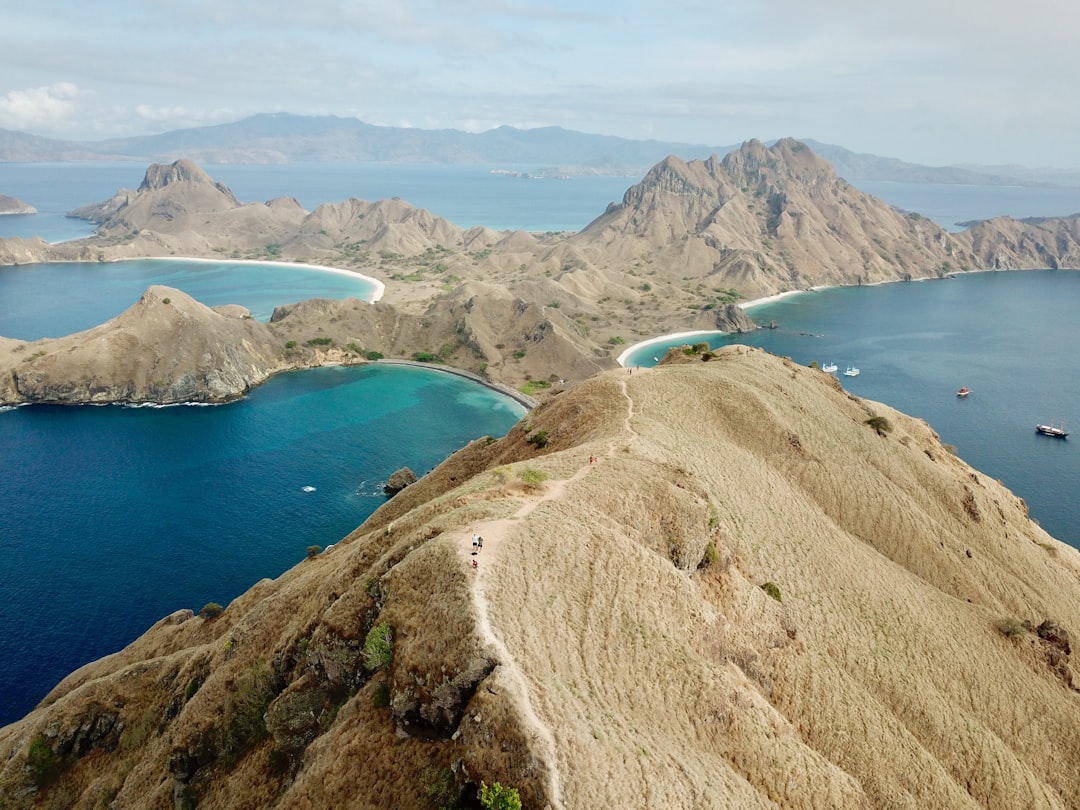
Indonesia is not just one country, but a massive archipelago with over 17,000 islands, many of which are sparsely populated or even uninhabited. According to 2024 data from the Indonesian Bureau of Statistics, some islands see so little government presence that people can live there for years without ever being registered or noticed. Communication and transport links between islands are patchy, making it easy to drop off the grid. The country’s informal economies in urban centers mean you can survive without official papers or records. On top of this, the incredible diversity of languages and cultures helps newcomers blend in, as there’s no single “typical” Indonesian look or way of life. The archipelago’s physical and social fragmentation makes tracking anyone an uphill battle, especially across the thousands of waterways and islands.
Mongolia: Where the Steppe Swallows Footprints
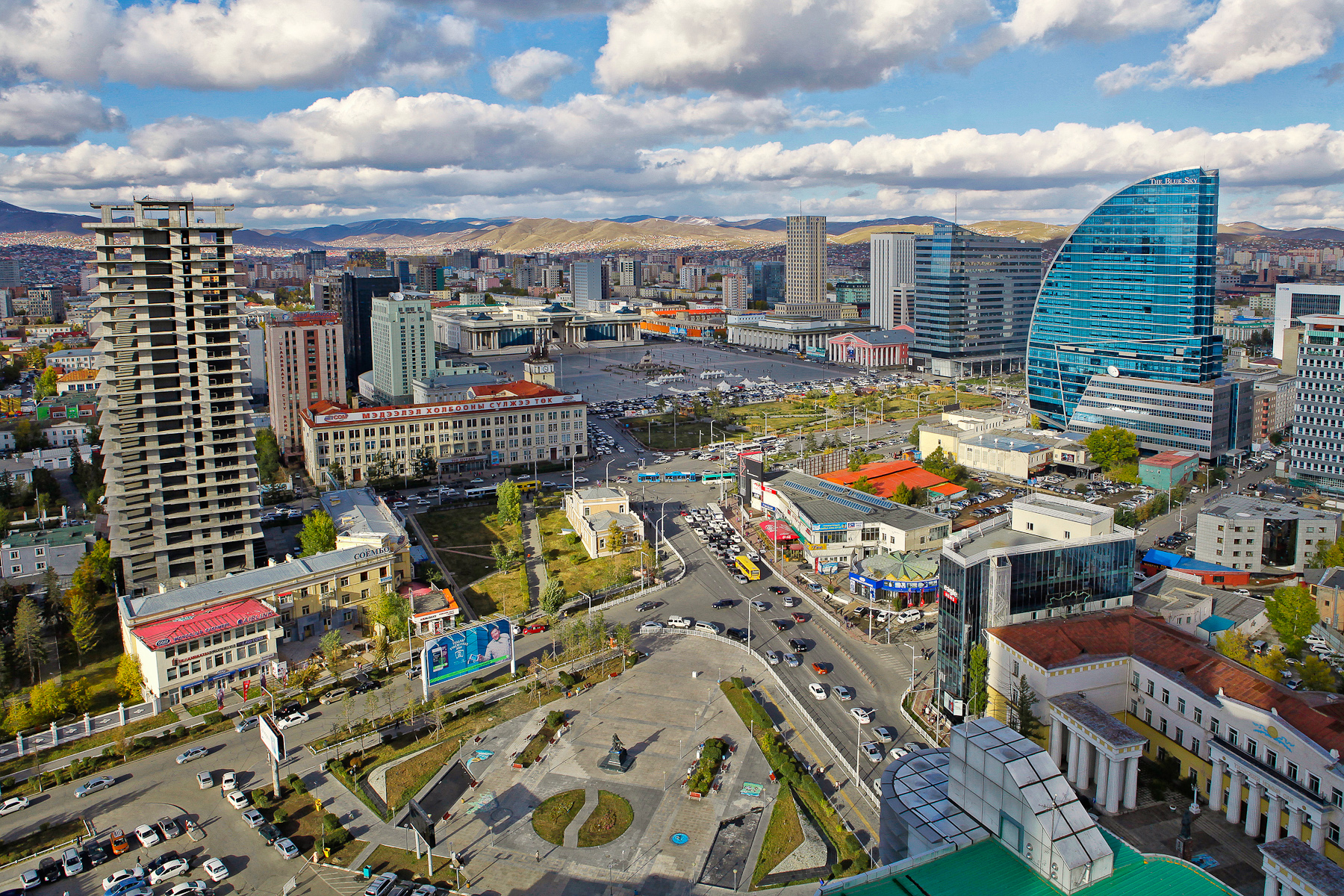
Mongolia feels like it was made for vanishing acts. With only about two people per square kilometer, according to 2024 World Bank data, the country is a sea of open grassland, mountains, and deserts. Nomadic traditions still influence daily life, and people move constantly, herding animals across the endless steppe. Outside the capital, Ulaanbaatar, there’s limited technological infrastructure—few cameras, little internet, and roads that disappear into the horizon. Government monitoring in rural areas is minimal, and most communities are small, tight-knit, and used to minding their own business. The harsh winters and vast, empty spaces make search efforts almost impossible. In Mongolia, losing yourself is as simple as stepping out into the open and walking away.
Canada: Silence and Privacy Among the Pines
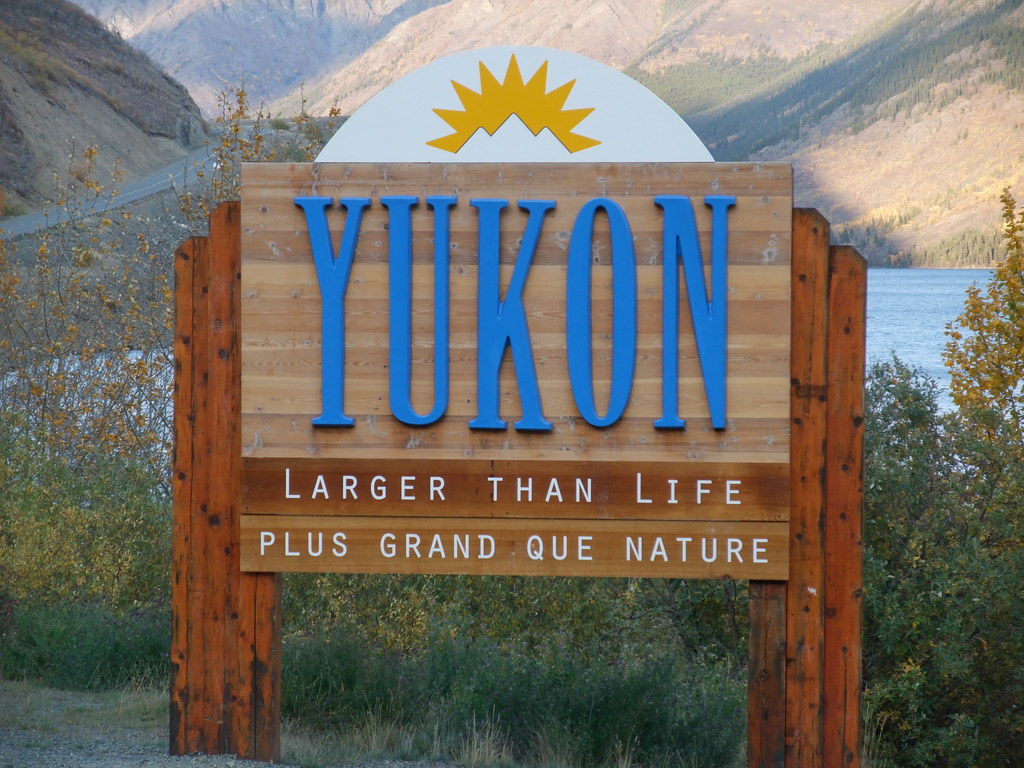
Canada’s wild north is legendary for its untouched forests, wide rivers, and empty mountains. The 2023 Canadian Census confirmed that a huge portion of the country is almost completely uninhabited, especially in territories like Yukon and Nunavut. These regions are so secluded that you can travel for days without spotting another person. Strong privacy laws, such as the Personal Information Protection and Electronic Documents Act (PIPEDA), limit how much personal information is shared or tracked, even by the government. In rural areas, there’s little surveillance and digital connectivity is spotty at best. People living off the grid—or those wishing to—can find communities where privacy is respected. The legal and natural environments together mean Canada offers perhaps the most peaceful way to simply fade into the background.
Democratic Republic of Congo: The Green Veil of the Rainforest
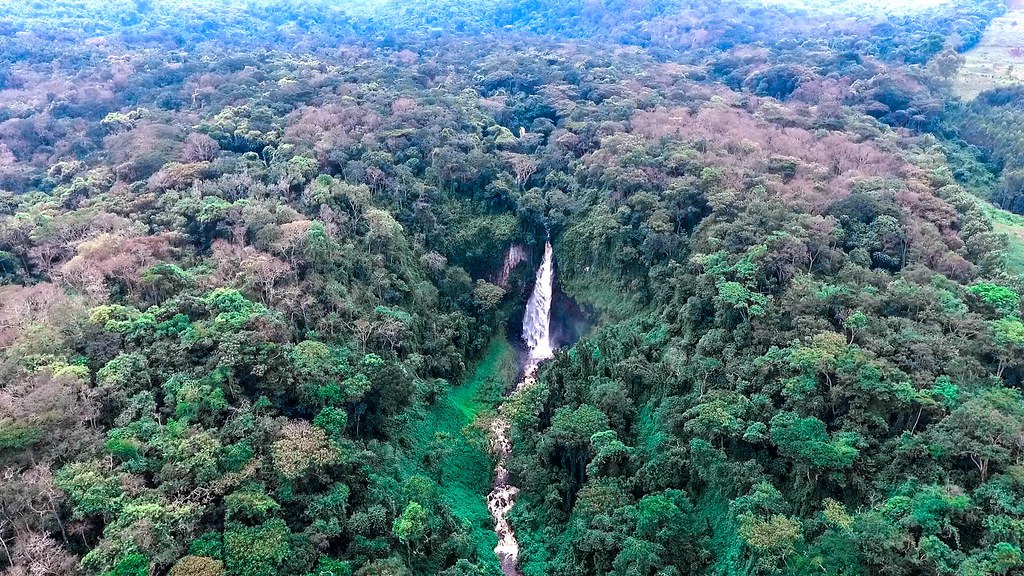
The Democratic Republic of Congo is home to the world’s second-largest rainforest, covering about 1.7 million square kilometers, according to the 2024 United Nations Environment Programme report. This dense, wild tangle of trees and rivers is so impenetrable that even local authorities struggle to keep track of who comes and goes. Roads are rare, and many villages are accessible only by boat or on foot, making organized searches extraordinarily difficult. The country’s weak law enforcement and lack of communications infrastructure mean that disappearances are often unnoticed or uninvestigated. Political instability and frequent changes in authority further complicate matters. In the DRC, the sheer force of nature and the absence of oversight combine to create a place where someone can truly vanish.
Argentina: Patagonia’s Rugged Invitation to Disappear
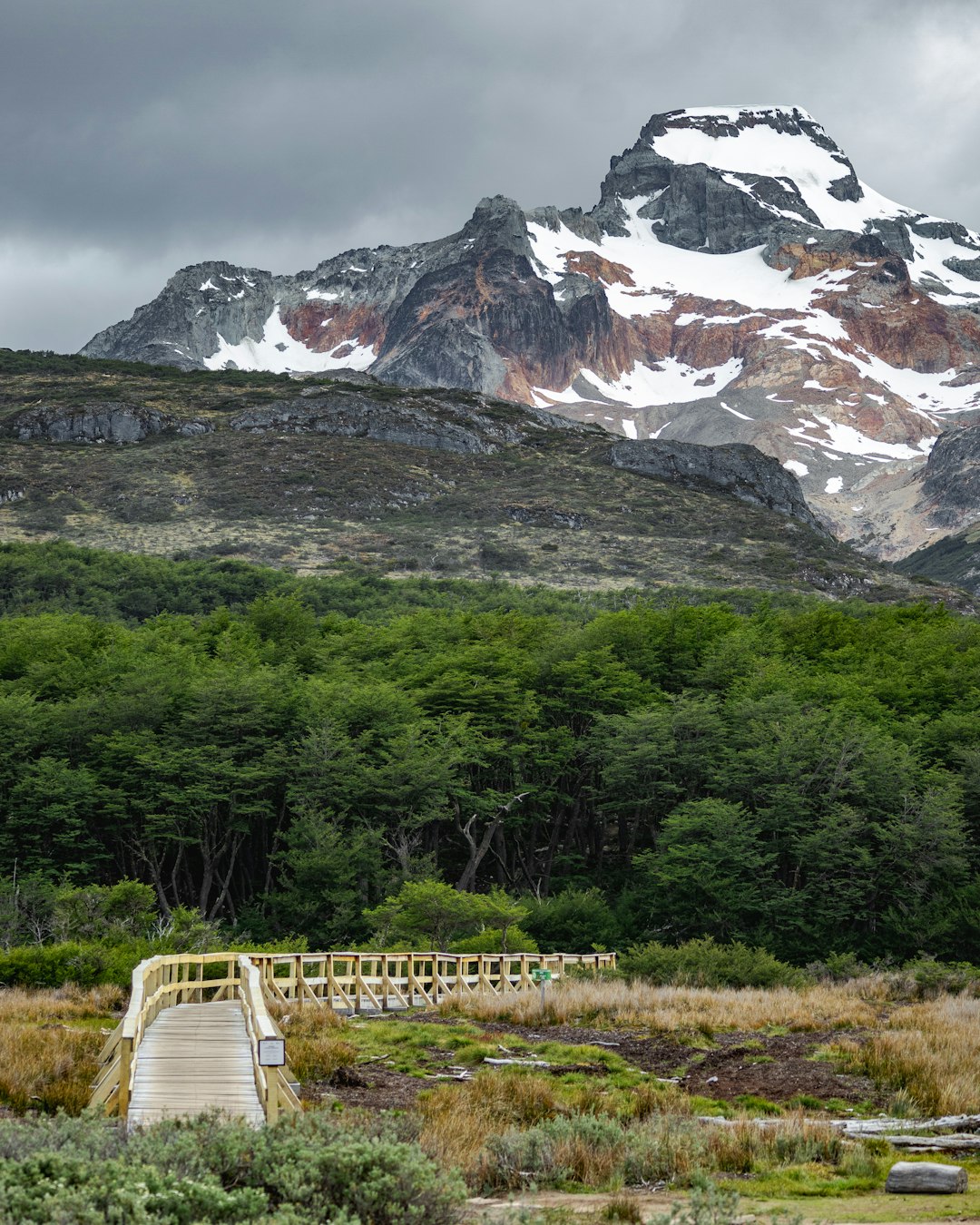
Patagonia, in southern Argentina, stretches across over a million square kilometers of mountains, glaciers, and empty plains. According to the 2023 Argentine National Institute of Statistics and Census, population density here is extremely low, with many small towns separated by hundreds of kilometers of wilderness. The landscape is so rugged and remote that even locals sometimes get lost for days. Law enforcement in rural Patagonia is decentralized, and government agencies don’t always communicate effectively, so missing persons cases can slip through the cracks. The area’s isolation has long attracted those seeking a new start, away from the watchful eyes of the state. Patagonia offers not only breathtaking beauty but also the kind of remoteness where a person can simply walk out of sight.
Namibia: Vanishing into the Desert’s Embrace
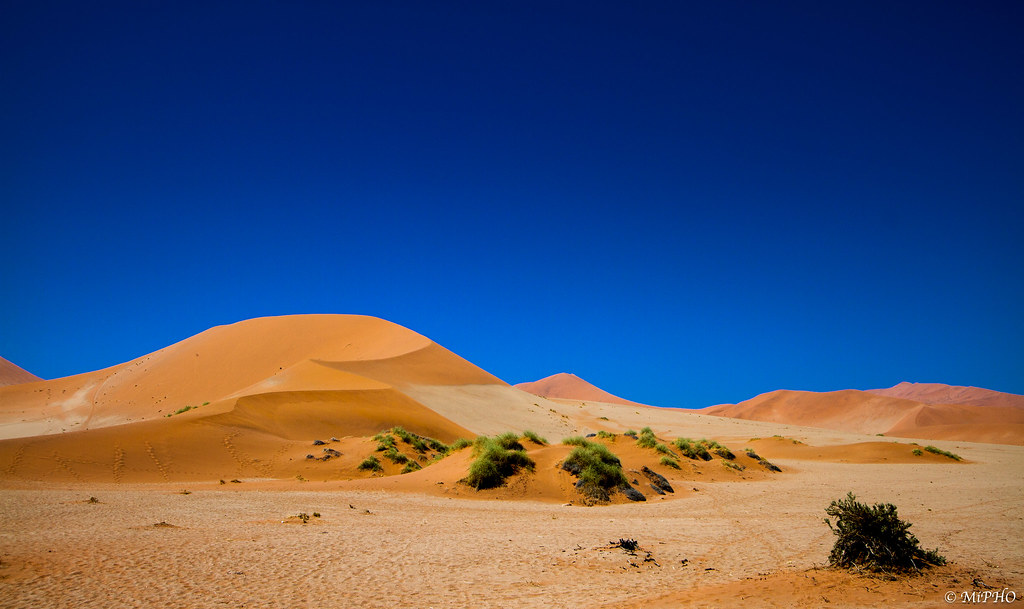
Namibia’s deserts are among the most extreme in the world, with the famous Namib stretching along the coast for over 2,000 kilometers. The World Bank reported in 2024 a population density of about three people per square kilometer, much of it concentrated in cities. The rest of the country is open, empty, and silent. The government has little presence in these vast, arid areas, and few roads or communications exist outside the main towns. Privacy is culturally respected, and the country’s stable politics mean there’s little reason for intrusive surveillance. In Namibia, simply walking into the desert can mean stepping off the map entirely.
Philippines: The Disappearing Act Across 7,600 Islands

With more than 7,600 islands, the Philippines offers a nearly endless array of hiding spots. The 2023 Philippine Statistics Authority highlighted how many islands remain sparsely populated, with some barely connected to the outside world. Many communities are informal, built from the ground up by locals and migrants alike, making it easy for newcomers to blend in. Internal migration is high, so people moving from one island to another rarely stand out. Law enforcement faces enormous challenges coordinating across so many islands, and in rural areas, digital tracking is almost nonexistent. The informal economy allows people to live without leaving much of a trace. In the Philippines, vanishing can be as simple as hopping on a boat to the next island.
Kazakhstan: Endless Steppes and Quiet Borders
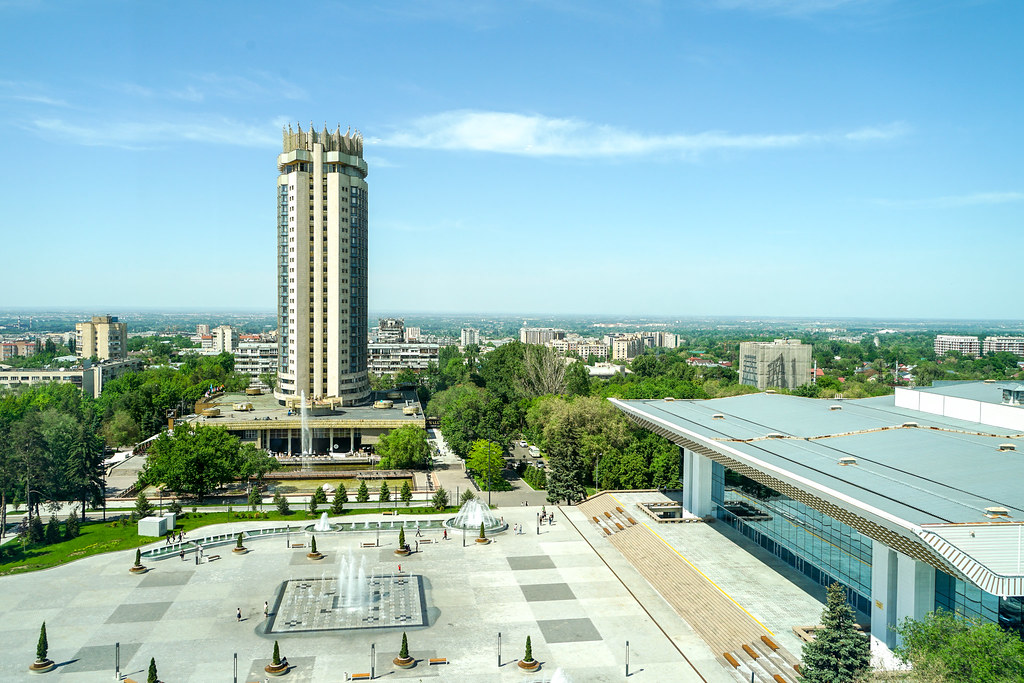
Kazakhstan’s vast steppes and deserts stretch as far as the eye can see, with only about seven people per square kilometer, according to 2024 World Bank data. Outside the main cities, you’ll find little infrastructure and few government offices. Nomadic traditions linger, and people are used to moving quietly through the landscape. The country’s location between Europe and Asia, with relatively open borders in remote regions, makes it easier to slip across unnoticed. Surveillance is limited outside urban areas, and the sheer size of the land makes tracking an individual nearly impossible. The steppes of Kazakhstan are a place where footsteps fade quickly, and memories even faster.

